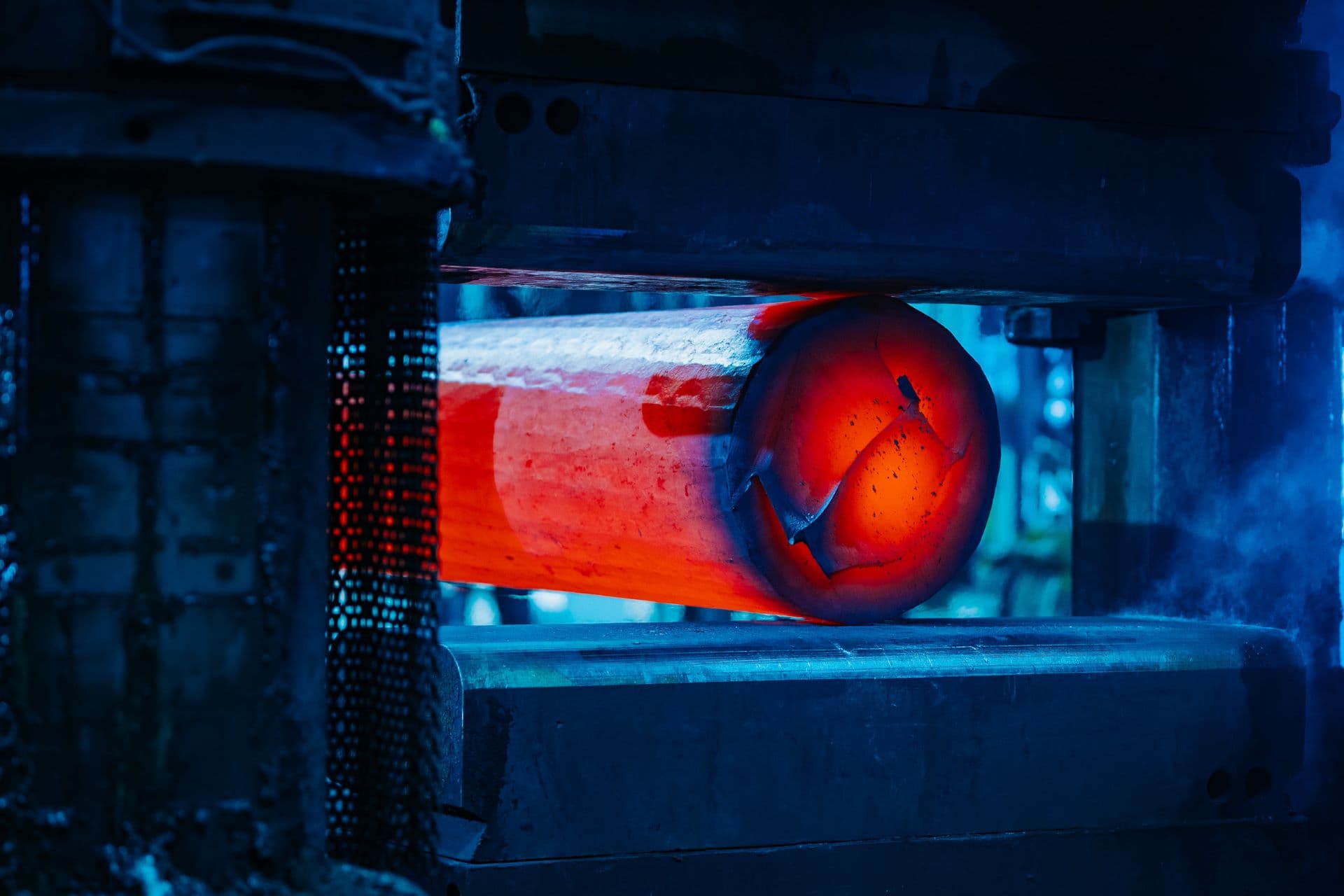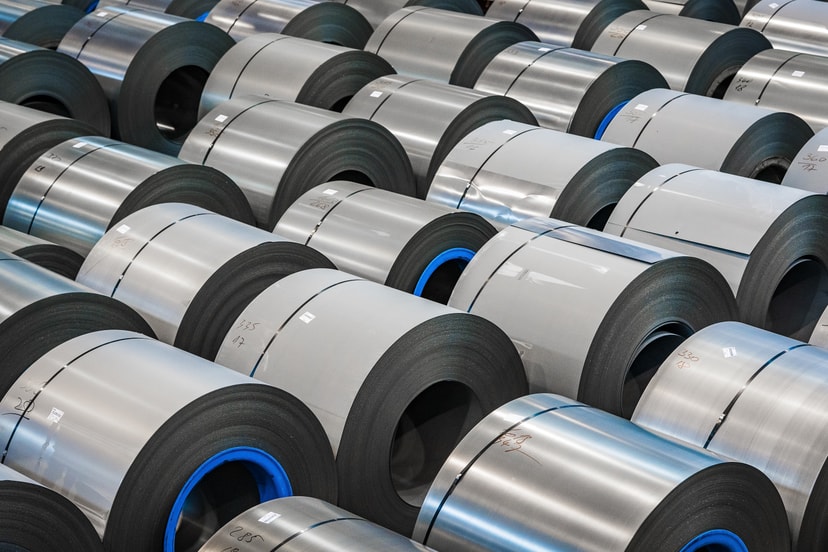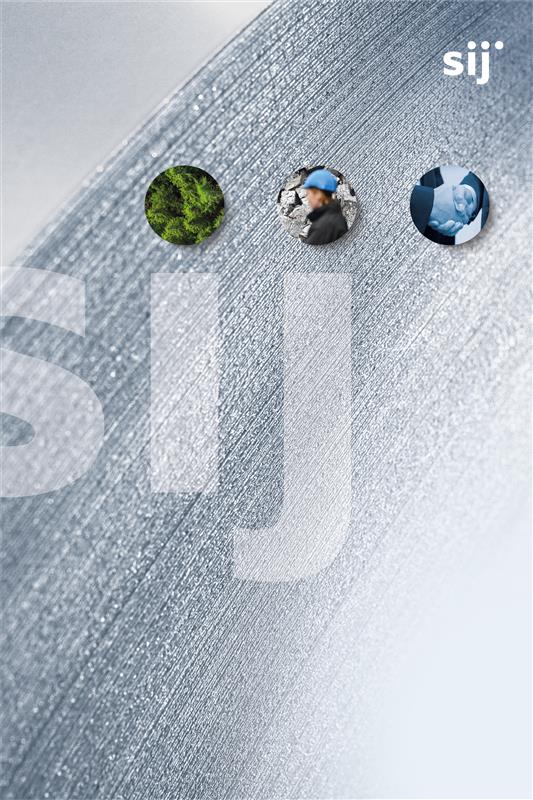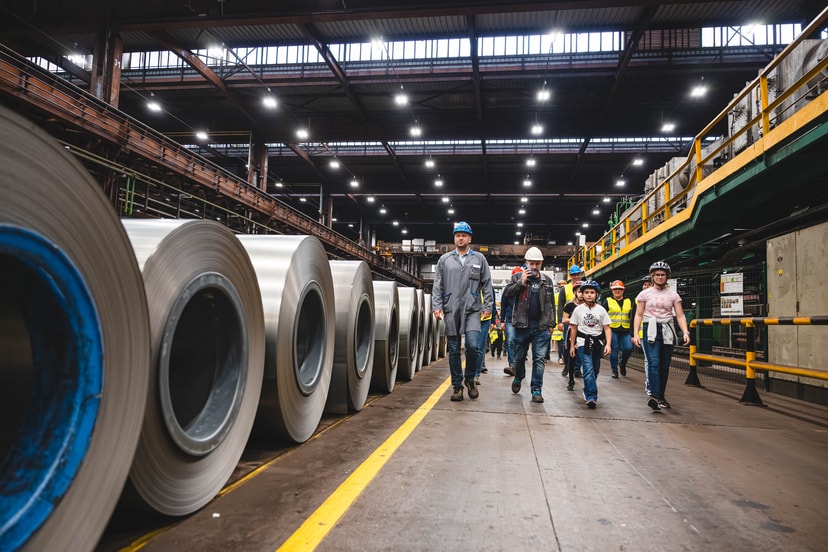This case study compares the performance of the premium hot work tool steel SITHERM S353R with a commonly used H13 / 1.2344 steel, in the iTherm® conformally cooled shot block application.
Shot blocks are exposed to high mechanical pressure and are essential in high-pressure die casting, serving as a critical component that distributes the molten alloy into the die. Steel selection is essential for conformally cooled shot blocks, since the channels are positioned as close to the working surface as possible, and engineered for extreme temperature oscillations and high thermal gradients.
Shot blocks endure extreme heat and pressure during the casting process, facing temperatures from 300°C to 550°C and pressures up to 2.000 bar. Therefore steels like H13 / 1.2344 or 1.2367 are used for shot blocks due to their high thermal conductivity, wear resistance, and toughness. These materials maintain dimensional stability and prevent deformation or cracking under harsh conditions, ensuring accurate and durable casting tooling.
MATERIAL COMPARISON
*Thermal conductivity at high temperatures is crucial for predicting how a material behaves under the thermal loads typical in die casting processes.
*Solidification time directly impacts the efficiency and quality of the casting process, including cycle time, final product material properties, defects, etc.
*Toughness measures the material's ability to absorb energy and plastically deform without fracturing, essential for withstanding the thermal shocks and mechanical stress during casting.










.jpg&w=828&q=90)
